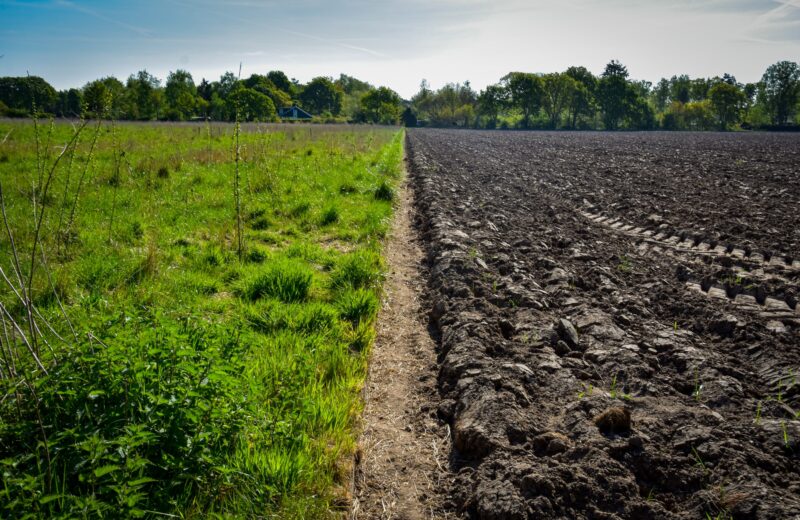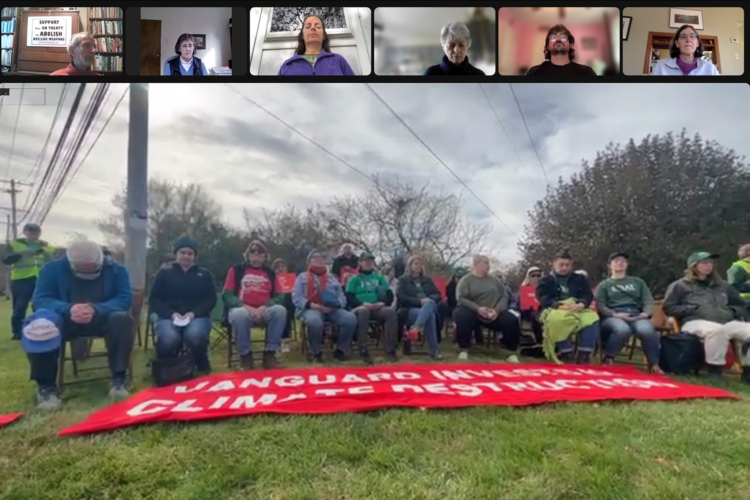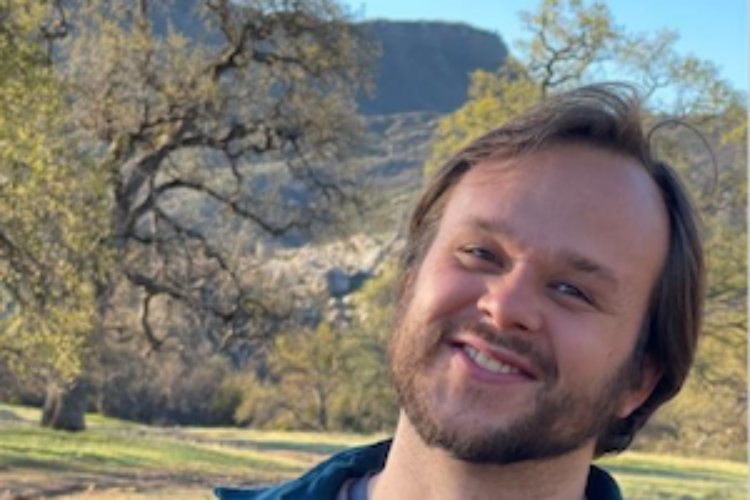Regeneration: A Matter of Life and Breath

by Tom Small.
Breath is what unites us. It unites us with the “other.” With all of creation. Breath is the rhythm, the flow of life itself. Call it Ch’i. Or ruah. Or spiritus. Or rta. The universal breath, life force, or rhythmic pattern of all being. When we interrupt the flow of breath, stifling the life force, we separate ourselves from the “other,” whether a person, a culture, or the very earth herself.
In separating and dividing, we allow or even empower ourselves to dominate the “other.” And so it is in our oppressive, relentless suffocation of the earth. Our denial of the earth as a living, breathing real person.
Breath is Life. The earth breathes through her forests and her soils. We ravage the forests and starve the soil; and we don’t let up. So most of the earth’s soil is dead or diseased, more so in the United States than in any other country of the world. Consequently, we are among the most unhealthy nations on earth.
Healthy soil is alive with organisms, trillions of them in every cubic foot. Healthy soil contains essential minerals with plant and animal residues, stored in humus and released only as needed. Healthy soil provides clear passages for air and water, which it purifies and enlivens. Healthy soil sequesters carbon. Healthy soil regenerates itself—and us. Soil is health—for plants, for food, for all creatures.
Industrial agriculture, disrupting all these processes, reduces living soil to dead dirt. Heavy machinery and intensive tillage squeeze air and carbon from the soil. Compaction greatly reduces soil’s ability to retain, cycle, and cleanse water. Chemical pesticides and fertilizers kill soil organisms and disrupt or replace natural cycles of renewal and re-creation.
Regenerative agriculture restores soil to life, by allowing earth to breathe. By reducing tillage, regenerative agriculture preserves soil structure and humus. More a process than a substance, humus is the creative “life force” of the soil. It embodies the slow, steady breath of dissolution, preservation, and renewal, the self-organizing, sacred patterns of life.
Nature, in her annual and generational cycles, heals herself. She generates from her “chemistry” what Walt Whitman, in his poem “This Compost,” calls a “resurrection.” The Earth, “calm and patient, grows such sweet things out of such corruption.” As Sir Albert Howard told us 75 years ago in his seminal book, The Soil and Health, “Nature is the supreme farmer.”
How then shall we heal ourselves? How do we participate in the “chemistry” of “resurrection”? How do we recover something of what we have lost, our primal wholeness, our Unity with Nature? How shall we breathe together with the earth, whose breath we breathe, who breathes us?
For a hunter-gatherer, there is no separation between predator and prey, between plant and gatherer. “Self” and “other” are interrelated and interconnected. They breathe together, a perfectly sincere conspiracy. Each one reflects the other, as the water selflessly reflects, in its depths, the mountain, forest, and cloud. Or as the swooping eagle coincides with the fish rising to the surface.
Thus does the hunter see the prey giving himself, the plant sharing her energies and “chemistry.” Thus do indigenous people affirm, “We belong to the Land,” or “We are the River, or the Forest.” There is no “other,” only a complex web of relationships, continually arising, flowing, transforming. We Are One. In the Lakota language, Mitakuye oyasin: All Our Relations.
How then shall we begin, you and I, so far removed from hunter-gatherer Unity with Nature, and colonized by a language and way of seeing that habitually separate self and other, disrupt relationship, seek domination and supremacy? Grow our own food? Buy local and organic? Join a CSA? Well and good. Not good enough.
Participate, as we are able, in the patterns, the relationships that involve the passing of the seasons, the rising and setting of the sun, and the breathing of forests. The Menominee speak of these patterns as napanoh pemecwan, flowing repeatedly. It is this that Daoist Gary Snyder calls the practice of the wild. Lao Tse invokes this as the Tao, the way, “the process through which all things arise and pass away.” For George Fox, this is “the Word which was in the beginning, by which all things are upheld: wherein is unity with the creation.”
Quakers seek this as integrity, true sincerity, with no separation of inner being from outward action. Living, breathing wholeness. A way of seeing. A movement and a presence, arising from the pregnant silence, the plenum, that bodies forth the ten thousand things. The regenerative breath of all things.
You and I are responsible for renewal of this breath, this spirit, through sacred participation.
This, then, is the Way; what about the Practice?
- To help the earth recover her breath, first catch your own breath. Slow down to the flow of life
- Observe Sir Albert Howard’s Law of Return. More than rebuilding soil with compost, the “Law” is reciprocity, gratitude for gift, a bonding of Love.
- Share. Study Robin Wall Kimmerer’s doctrine of Honorable Harvest.
- Regenerate your local farmers and suppliers: buy from them, talk with them, encourage them.
- Recognize, honor, and respect Earth and all her creatures as persons: living systems within systems, rhythms within rhythms, self-sustained by free exchanging of breath.
- In what and when you eat, respect the seasons and cycles of life.
- Honor and learn from peasant farmers, Native Americans, and other indigenous peoples who preserve a speaking relationship with all that is animate (from ana-, an Indo-European root word meaning “to breathe”).
- Listen to what plants and food are telling you. By learning to listen, it is possible to relearn a lost language.
- Integrate yourself with the place where you are and all of your animate kin. They all matter.
- Use biochar, natural plant litter, and compost to amend soil.
- Meditate on the Testimony of Integrity.
In 1989, when QEW (Friends Committee on Unity with Nature) was just forming, Marshall Massey suggested that we first learn to see before acting. Gary Snyder in The Practice of the Wild asks whether there is in fact a “practice for people to follow.” Yes, he concludes, but only “When you become a real person.”
Tom Small is a member of Kalamazoo Friends Meeting in Michigan and is co-author of the book Using Native Plants to Restore Community.


